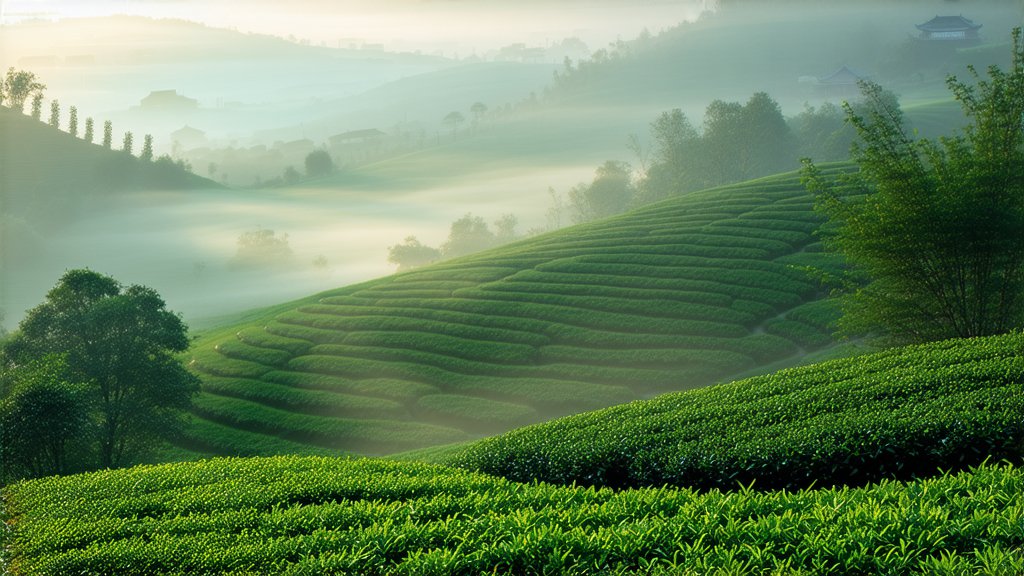
Longjing tea, also known as Dragon Well tea, is one of China's most celebrated green teas, revered for its unique flavor profile and captivating history. Originating from the Hangzhou region of Zhejiang Province, this tea has been a symbol of Chinese tea culture for centuries, with its roots tracing back to the Tang Dynasty (618-907 AD).
The name "Longjing" translates to "Dragon Well," referring to a well located near the original production area in West Lake's Longjing Village. This tea is not just any ordinary green tea; it embodies the essence of traditional Chinese tea-making artistry combined with the natural beauty of its terroir.
There are several varieties of Longjing, each with distinct characteristics but all sharing a common heritage. The most renowned among them is Luocilucha, meaning "before Qingming Festival tea." Harvested before the Qingming Festival (usually around April 4th or 5th), these early leaves are considered the finest due to their tenderness and high concentration of nutrients. Another variety is Mingqiancha, picked after the Qingming Festival but before the start of summer, which still retains a high quality but slightly more robust flavor.
The production process of Longjing tea is a meticulous art form that involves several stages. Firstly, the freshly picked leaves undergo pan-firing to halt oxidation, preserving their vibrant green color and fresh aroma. This step is crucial as it sets the foundation for the tea's distinctive taste. Next comes shaping, where skilled artisans roll and press the leaves by hand or using specialized machines to create the characteristic flat shape reminiscent of a spearhead. This not only contributes to the aesthetic appeal but also affects the brewing behavior and taste release of the tea.
Finally, the shaped leaves are dried to remove excess moisture, ensuring they can be stored without spoilage while maintaining their optimal flavor. The entire process demands precision and experience, reflecting the deep respect for tradition and craftsmanship embedded in Chinese tea culture.
Tasting Longjing tea is an experience that engages all the senses. Upon brewing, the tea releases a fragrant aroma with hints of chestnut and fresh grass, inviting you into a moment of tranquility. The liquor is bright yellow-green, clear and lustrous, indicating the tea's purity and high quality.
When sipping, one can appreciate the smooth, slightly sweet flavor followed by a refreshing aftertaste that lingers on the palate. The texture is silky and light, making each sip a delight. To fully enjoy Longjing tea, it's recommended to use water just below boiling point (around 80°C) and a transparent glass or porcelain cup to observe the unfurling leaves, enhancing the visual pleasure of the tasting experience.
In conclusion, Longjing tea is more than just a beverage; it's a gateway into the rich tapestry of Chinese tea culture. Its history, diverse varieties, intricate production process, and exquisite taste make it a treasure worth exploring for any tea enthusiast. Whether you're a seasoned connoisseur or a curious beginner, delving into the world of Longjing tea promises a rewarding journey of discovery and appreciation.